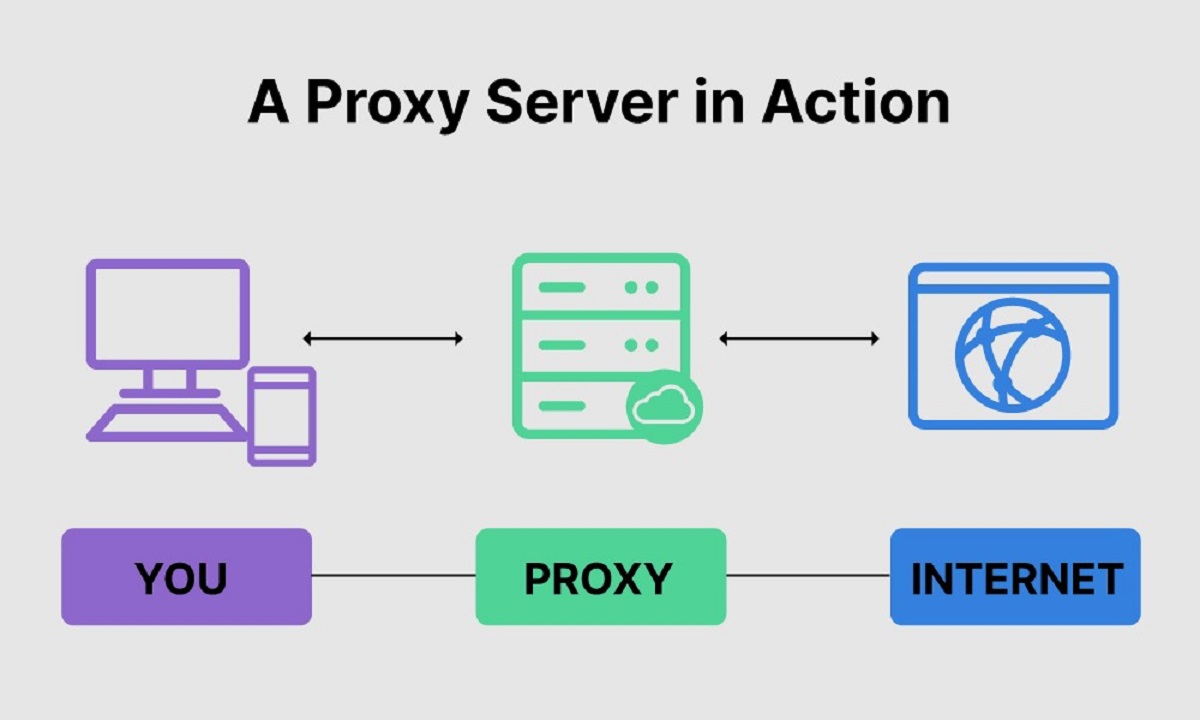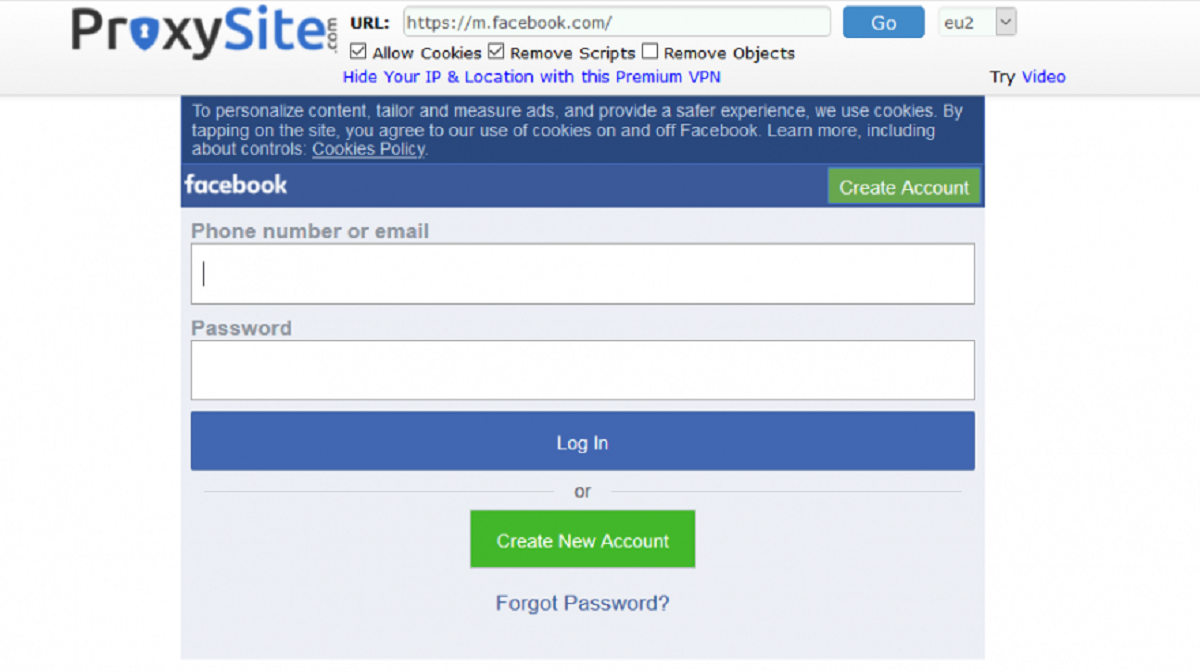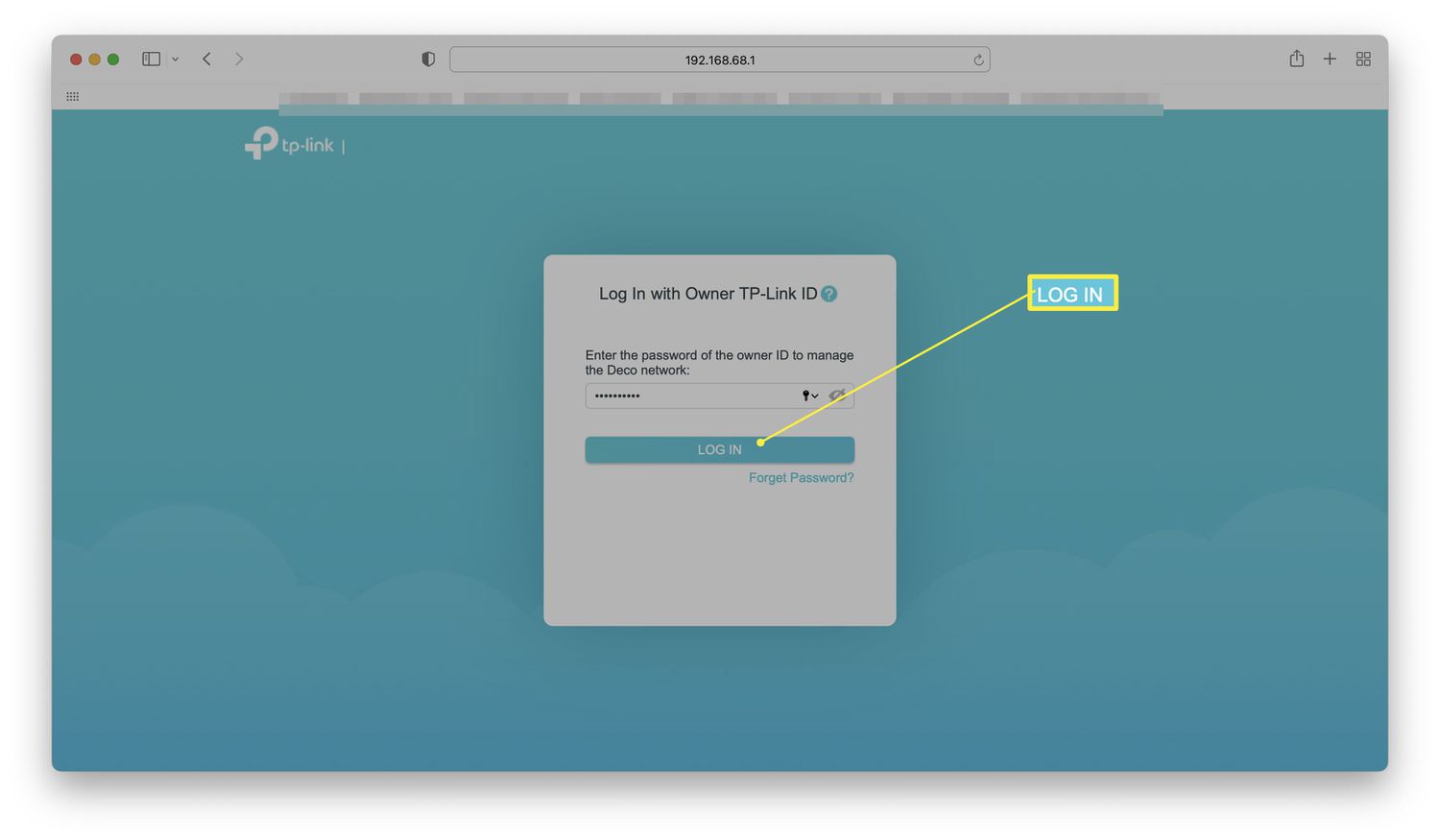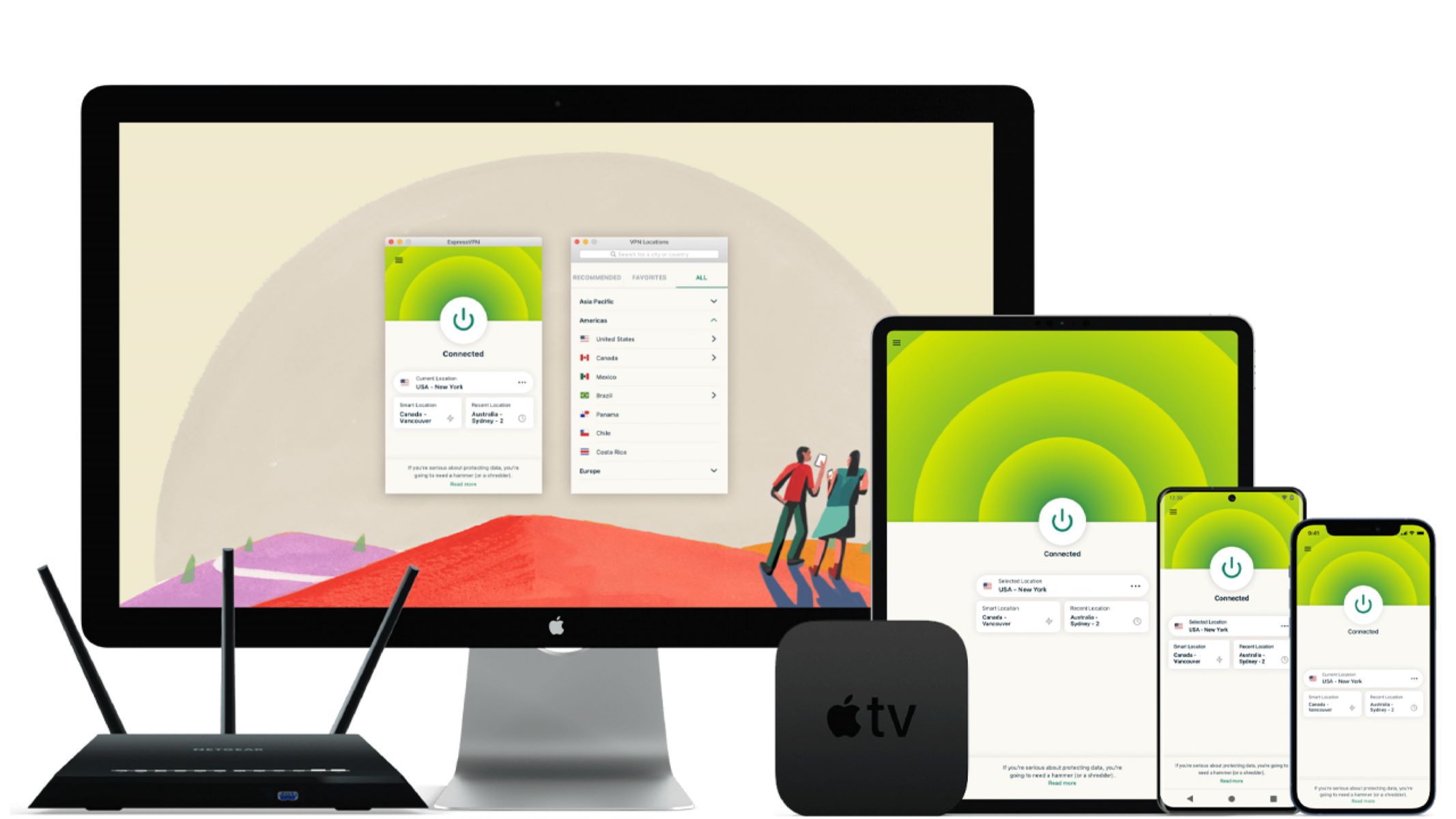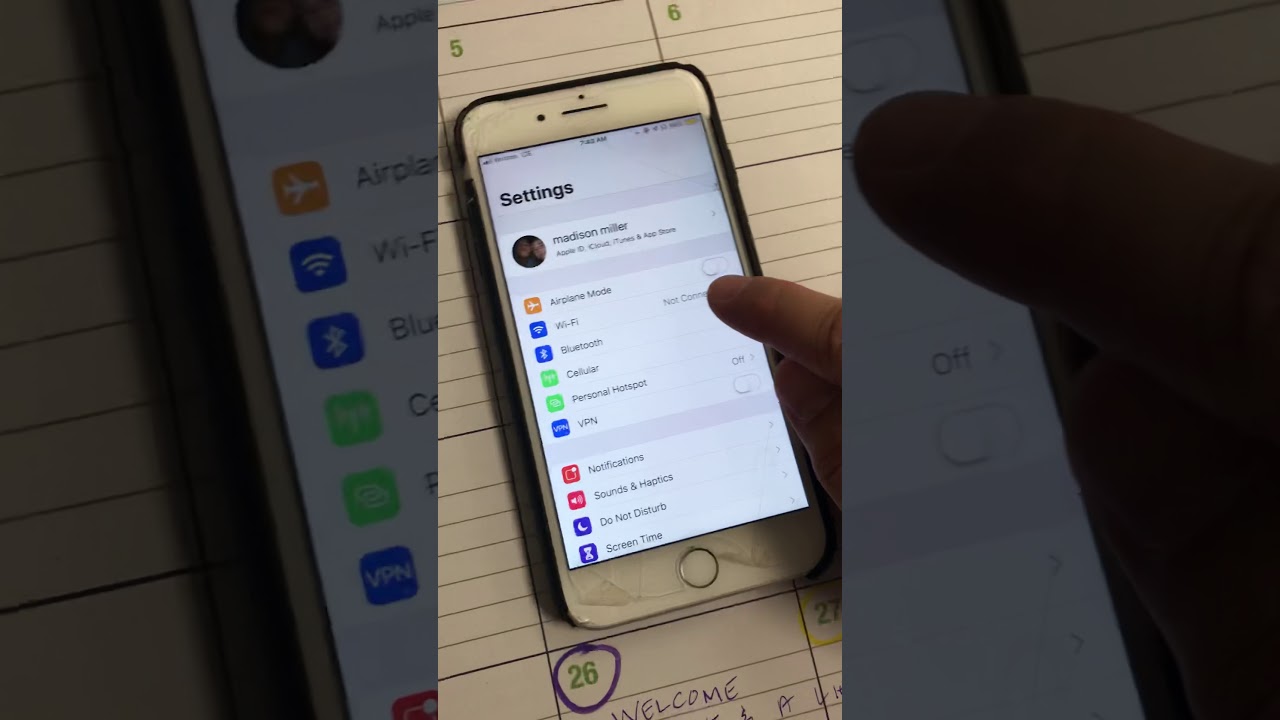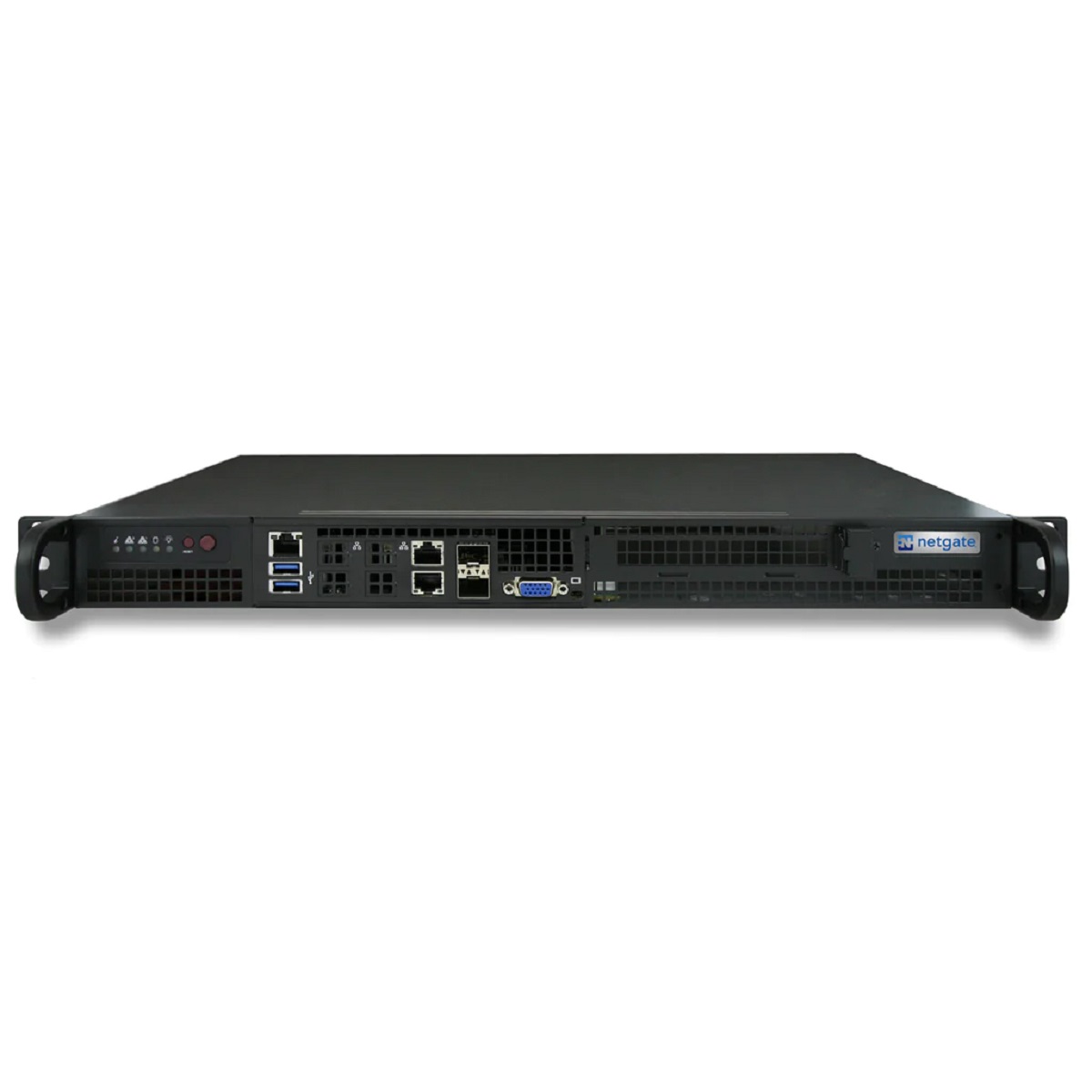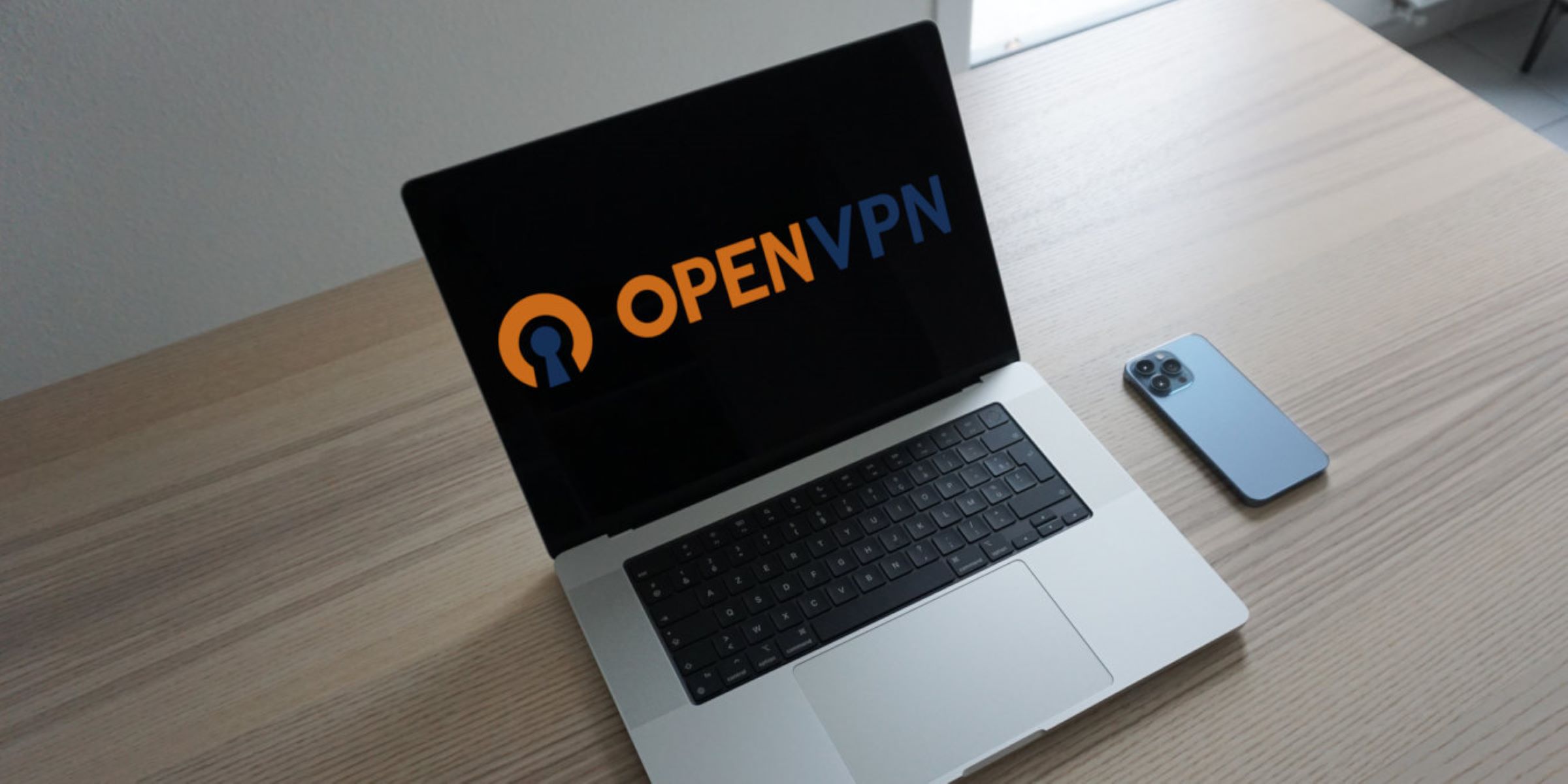What is a WiFi Proxy?
A WiFi proxy is a tool that allows a device to connect to the internet through an intermediary server. It acts as a barrier between your device and the websites or online services you access. When you connect to the internet using a WiFi proxy, your internet traffic is encrypted and routed through the proxy server, making it appear as if the requests are coming from the proxy server instead of your device.
One of the primary purposes of a WiFi proxy is to enhance privacy and security. With a WiFi proxy, your IP address is masked, making it difficult for websites and online services to track your online activities. This can help protect sensitive information such as your location or login credentials from being exposed to potential attackers.
Moreover, a WiFi proxy allows you to bypass certain restrictions that may be imposed by your internet service provider (ISP) or network administrator. For example, if certain websites or content are blocked in your region, you can use a WiFi proxy to access them by connecting through a server located in a different region that does not have those restrictions.
Additionally, a WiFi proxy can help improve your overall browsing experience by reducing the amount of data transferred between your device and the websites you visit. By caching frequently accessed content, a WiFi proxy can deliver web pages more quickly, especially for repeat visits to the same site.
Overall, a WiFi proxy provides an added layer of security, privacy, and accessibility while you browse the internet. It allows you to control and protect your online activities, bypass restrictions, and enhance your browsing experience.
How Does a WiFi Proxy Work?
A WiFi proxy works by intercepting your connection requests and forwarding them to the desired website or online service on your behalf. Here’s a simplified overview of how it works:
- Connection Setup: When you connect to a WiFi network and enable the proxy settings on your device, all of your internet traffic is directed to the proxy server.
- Request Forwarding: When you request access to a website or online service, your device sends the request to the proxy server instead of directly to the destination server.
- Proxy Server Processing: The proxy server receives your request and evaluates it. It may check for any specific rules or restrictions based on location, content type, or network policies.
- Proxy Server Response: Once the proxy server checks the request, it forwards it to the destination server on your behalf. The destination server responds by sending the requested data back to the proxy server.
- Data Encryption and Transmission: If the proxy server supports encryption, it may encrypt the data before transmitting it back to your device. This step adds an extra layer of security to protect your information.
- Proxy Server Response to Your Device: After receiving the data from the destination server, the proxy server sends it back to your device over the encrypted connection.
By using a WiFi proxy, your device does not directly communicate with the destination server. Instead, all communication goes through the proxy server. This allows the proxy server to act as an intermediary, helping to enhance security, privacy, and accessibility.
It is important to note that some WiFi proxies may also offer additional features, such as ad-blocking, malware protection, or traffic optimization. These features further enhance the functionality and benefits of using a WiFi proxy.
Benefits of Using a WiFi Proxy
Using a WiFi proxy can provide numerous benefits for individuals and businesses alike. Here are some key advantages:
- Enhanced Privacy: One of the main benefits of using a WiFi proxy is the improved privacy it offers. By routing your internet traffic through a proxy server, your IP address is masked, making it difficult for websites and online services to track your online activities. This helps protect your personal information and browsing history from being easily accessed or monitored.
- Increased Security: WiFi proxies can add an extra layer of security to your online activities. By encrypting your internet traffic, a WiFi proxy helps protect your data from being intercepted or accessed by unauthorized individuals. This is especially important when using unsecure or public WiFi networks where your information is more vulnerable to attacks.
- Bypassing Restrictions: WiFi proxies allow you to bypass certain restrictions imposed by your ISP or network administrator. If certain websites or content are blocked in your region, you can connect to a proxy server located in a different region to access the content without restrictions. This is especially useful for accessing geo-restricted content or overcoming internet censorship.
- Improved Performance: Some WiFi proxies offer caching capabilities, which can help improve your browsing experience by delivering web pages more quickly. By storing and serving frequently accessed content from a local cache, proxies can reduce the amount of data transferred between your device and the websites you visit, resulting in faster load times.
- Anonymous Browsing: WiFi proxies can enable anonymous browsing, as your true IP address is concealed. This can be beneficial for individuals who wish to browse the internet without revealing their identity or location, adding an extra layer of privacy and protection.
- Access to Restricted Content: With a WiFi proxy, you can access online content that may be restricted or blocked in your country or region. By connecting through a proxy server located in a different location, you can bypass these restrictions and enjoy unrestricted access to the content you want.
Overall, using a WiFi proxy offers significant benefits in terms of privacy, security, bypassing restrictions, and improving performance. It empowers users to have more control over their online activities and ensures a safer and more private browsing experience.
Types of WiFi Proxies
There are different types of WiFi proxies available, each serving specific purposes and catering to different needs. Here are some common types of WiFi proxies:
- HTTP Proxies: HTTP proxies, also known as web proxies, are designed to handle web traffic specifically. They intercept and forward HTTP requests, allowing users to access web content anonymously or bypass certain restrictions. These proxies are typically easy to set up and widely used.
- SOCKS Proxies: SOCKS (Socket Secure) proxies work at a lower level of the OSI model, providing a more versatile and powerful proxying solution. They can handle various types of network traffic, including web browsing, email, and file transfers. SOCKS proxies are often preferred when more advanced functionality or encryption is required.
- Transparent Proxies: Transparent proxies are set up by network administrators or ISPs. They sit between the user and the internet and are usually used for caching or content filtering purposes. Transparent proxies do not modify any requests or responses but can be used to monitor or log network activities.
- Reverse Proxies: Reverse proxies are located on the server-side and serve as a gateway between client requests and backend servers. They are typically used to improve performance, security, and scalability by caching static content, load balancing requests, or handling SSL encryption.
- Anonymous Proxies: Anonymous proxies are designed to provide high levels of privacy and anonymity. They hide the user’s IP address and other identifying information, making it difficult for websites or online services to track their activities. These proxies are commonly used by users who wish to browse the internet anonymously.
- Residential Proxies: Residential proxies use IP addresses assigned to residential internet users. They provide a higher level of anonymity and mimic the behavior of real users. Residential proxies are often used for tasks such as web scraping, data mining, or ad verification.
It’s important to choose the right type of WiFi proxy based on your specific needs and requirements. Some proxies may offer features like encryption, ad-blocking, or traffic optimization, so consider these factors when selecting a WiFi proxy that best suits your purposes.
Setting Up a WiFi Proxy
Setting up a WiFi proxy involves configuring the proxy settings on your device or within the network settings of your operating system. The exact steps may differ slightly depending on your device and operating system, but here’s a general guide:
- Choose a Proxy: First, you need to select a WiFi proxy provider that meets your needs. Consider factors like security, performance, location options, and any additional features you require.
- Obtain Proxy Server Information: The proxy provider will typically provide you with the necessary information to connect to their proxy servers. This usually includes the proxy server address and port number.
- Configure Proxy Settings: On your device, navigate to the network settings or WiFi settings and locate the proxy settings option. Depending on your device, you may find this under the advanced network settings or within the specific WiFi network settings.
- Enter Proxy Server Information: In the proxy settings, enter the provided proxy server information, including the server address and port number. You may also have the option to specify any authentication credentials required by the proxy server.
- Save Settings and Connect: Once you have entered the proxy server information, save the settings and connect to the WiFi network as usual. Your device will now route its internet traffic through the configured proxy server.
- Optional: Test Connection and Adjust Settings: After setting up the WiFi proxy, it is recommended to test your connection to ensure it is working correctly. You can visit a website or use online tools to verify that your internet traffic is being routed through the proxy server.
It’s worth noting that some devices and operating systems may have slightly different steps or terminology for setting up a WiFi proxy. It’s always best to refer to the user manual or online documentation specific to your device or operating system for detailed instructions.
Additionally, some applications or web browsers may also allow you to configure proxy settings individually. This can be useful if you only want to route specific applications or web traffic through the proxy server while leaving others unaffected.
By following these steps, you can easily set up a WiFi proxy and enjoy the benefits of enhanced privacy, security, and accessibility while browsing the internet.
Common Uses for WiFi Proxies
WiFi proxies have a wide range of applications and can be useful for various purposes. Here are some common uses for WiFi proxies:
- Anonymous Browsing: WiFi proxies allow users to browse the internet anonymously by masking their IP address and other identifying information. This is beneficial for individuals who want to protect their privacy and prevent their online activities from being tracked.
- Accessing Restricted Content: WiFi proxies enable users to access websites and online content that may be restricted or blocked in their region. By connecting through a proxy server located in a different location, users can bypass geo-blocking and access content that would otherwise be unavailable to them.
- Enhanced Security: WiFi proxies provide an added layer of security by encrypting internet traffic and protecting sensitive information from potential attackers. This is particularly important when using unsecured or public WiFi networks, where data can be easily intercepted.
- Bypassing Censorship and Filtering: In regions where internet censorship is prevalent, WiFi proxies can help users bypass restrictions and access blocked websites or platforms. They allow users to circumvent censorship imposed by governments or network administrators, ensuring an open and unrestricted internet experience.
- Improved Performance: Some WiFi proxies offer caching capabilities, reducing load times and improving overall browsing performance. By caching frequently accessed content, these proxies can serve web pages more quickly, resulting in a faster and smoother browsing experience.
- Data Protection for Business: Businesses can use WiFi proxies to protect their sensitive data and communications. By routing their internet traffic through a proxy server with encryption, businesses can safeguard their internal communications, prevent data leaks, and maintain the confidentiality of their sensitive information.
- Web Scraping and Data Gathering: WiFi proxies are commonly used for web scraping and data gathering purposes. Businesses and researchers can utilize proxies to collect data from websites without being blocked or detected. Routed through multiple IP addresses, proxies allow for high-volume data collection while maintaining anonymity.
- Testing Website Localization: WiFi proxies are valuable tools for testing website localization and geotargeting. By connecting through proxy servers in different locations, businesses can simulate user experiences from around the world to ensure their websites and online services are properly localized and optimized.
These are just a few examples of the common uses for WiFi proxies. Whether it’s for privacy, security, accessibility, or business purposes, WiFi proxies offer a versatile solution for individuals and organizations seeking enhanced online capabilities and protection.
Potential Risks and Limitations of WiFi Proxies
While WiFi proxies offer numerous benefits, it’s important to be aware of the potential risks and limitations that come with using them. Here are some considerations:
- Trustworthiness of Proxy Providers: Not all WiFi proxy providers may have the best intentions or security practices. It’s crucial to choose reputable and trusted providers to ensure that your internet traffic is not compromised or logged without your consent.
- Security Concerns: Although WiFi proxies can enhance security by encrypting your internet traffic, it’s essential to remember that the level of security may vary depending on the proxy provider. Always check if the proxy supports robust encryption protocols before using it for sensitive activities.
- Reliability and Performance: The reliability and performance of WiFi proxies can vary. Some proxies may introduce additional latency and slow down your internet connection. It’s recommended to test different proxies to find one that offers optimal performance for your needs.
- Trust in Proxy Servers: When using a WiFi proxy, your data passes through the proxy server. It’s important to trust the proxy server operator, as they have the ability to intercept and potentially monitor your internet traffic. Be cautious when using free or unknown proxy servers, as they may compromise your privacy.
- Compatibility Issues: Certain applications or services may not work properly when connected through a WiFi proxy. Some websites or platforms may detect proxy usage and restrict access, while others may not function correctly due to the specific configurations of the proxy server. Test compatibility with important applications before relying on a WiFi proxy.
- Data Handling: When using a WiFi proxy, your internet traffic is routed through the proxy server. While reputable providers may have strict data handling policies, it’s important to understand how your data is being handled and ensure that your privacy rights are respected.
- Overreliance on Proxy Servers: Depending too heavily on WiFi proxies can create a false sense of security and privacy. It’s important to remember that proxies are only one layer of protection and should be used in conjunction with other security measures such as using strong passwords, keeping software up to date, and being cautious when sharing sensitive information online.
Understanding the risks and limitations associated with WiFi proxies allows users to make informed decisions and take necessary precautions while enjoying the benefits they provide. It’s crucial to choose reputable providers, prioritize security, and remain cautious about the handling of your data when using WiFi proxies.
Conclusion
WiFi proxies are valuable tools that offer enhanced privacy, security, and accessibility while browsing the internet. By routing your internet traffic through an intermediary server, WiFi proxies mask your IP address, protect your data, and allow you to bypass restrictions imposed by ISPs or network administrators. Additionally, they can improve performance by caching frequently accessed content and provide anonymous browsing capabilities.
However, it’s important to be aware of the risks and limitations associated with WiFi proxies. Trustworthy proxy providers, security considerations, reliability, and compatibility issues should be taken into account. It’s also essential to understand the data handling policies of proxy servers and not solely rely on proxies for security and privacy.
Overall, WiFi proxies offer a versatile solution for individuals and businesses seeking additional control over their online activities. By selecting reputable providers and understanding their limitations, users can enjoy the benefits of enhanced privacy, security, and accessibility while browsing the internet.
Whether you need to access geo-restricted content, protect your sensitive data, or browse the web anonymously, WiFi proxies provide a valuable tool to meet your needs. With the proliferation of online threats and the increasing concern for privacy, WiFi proxies can serve as essential tools to navigate the internet securely and confidently.







